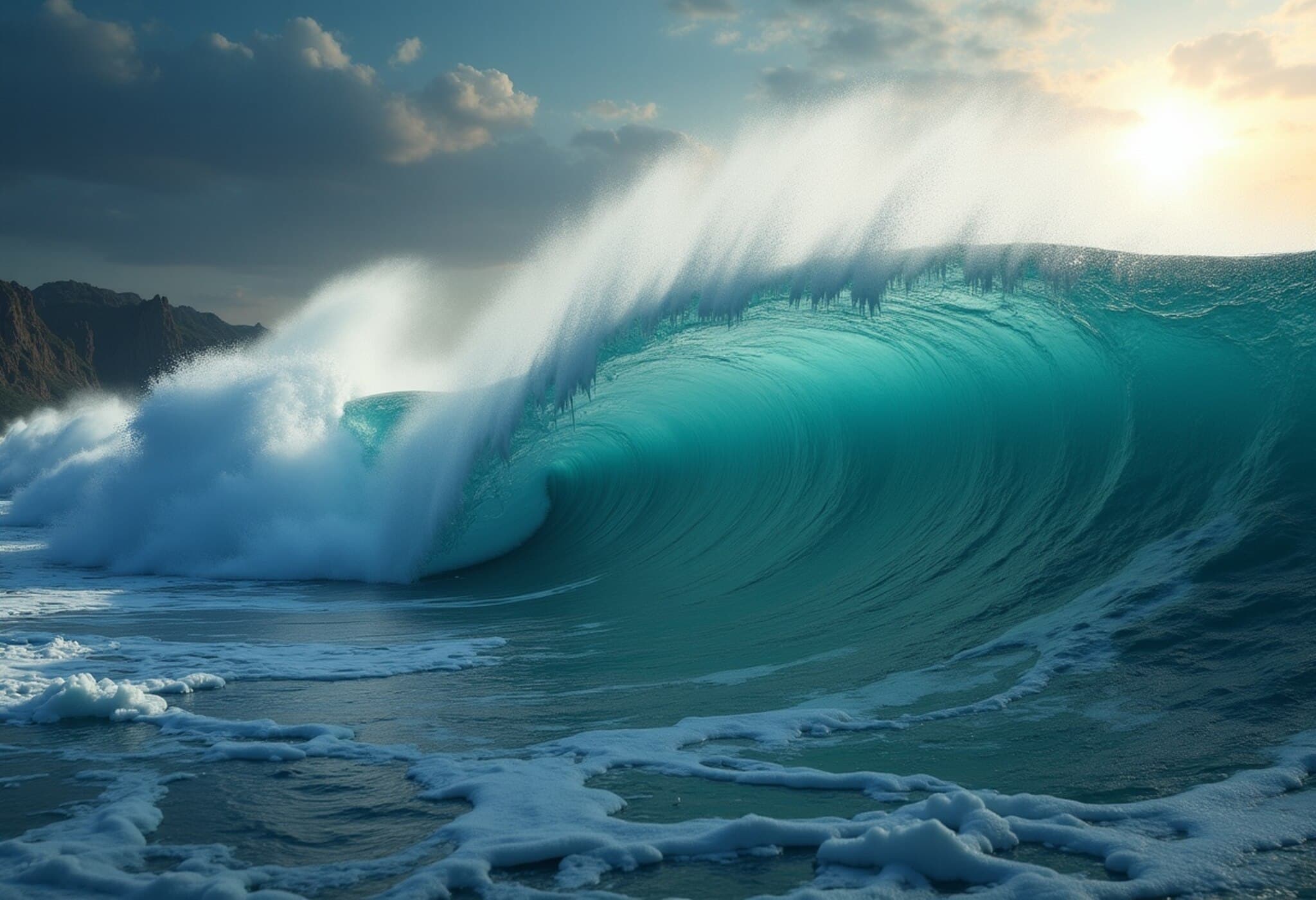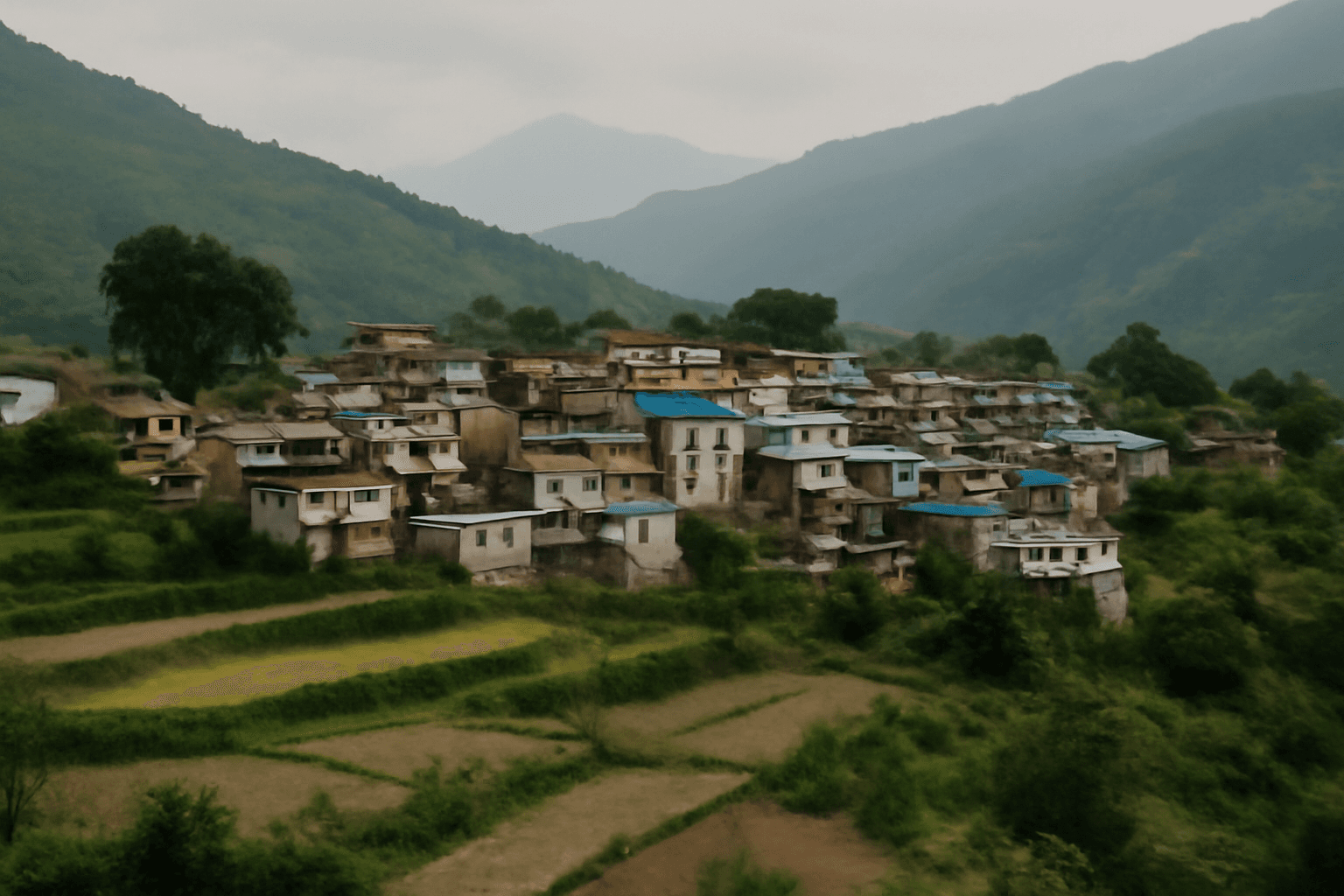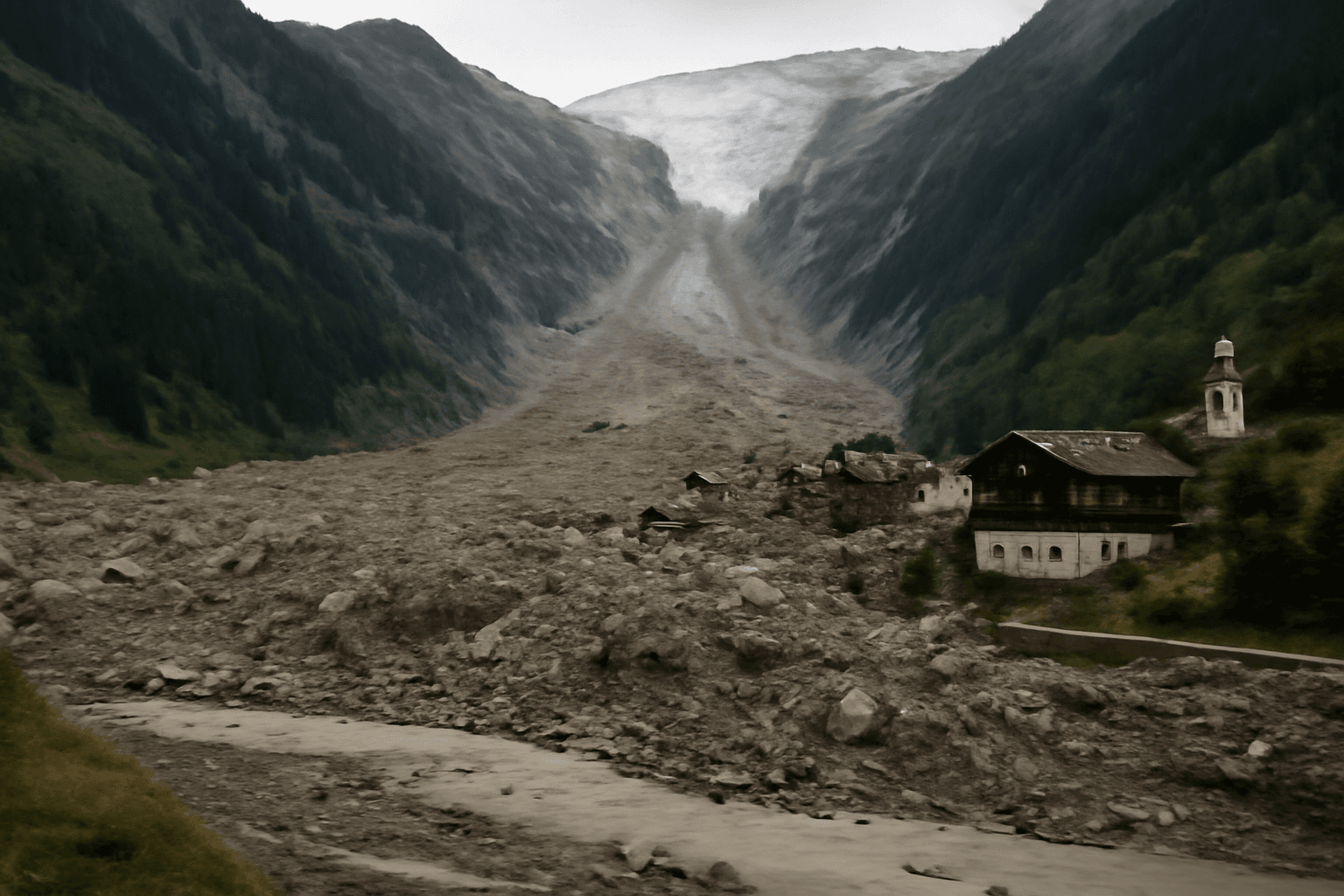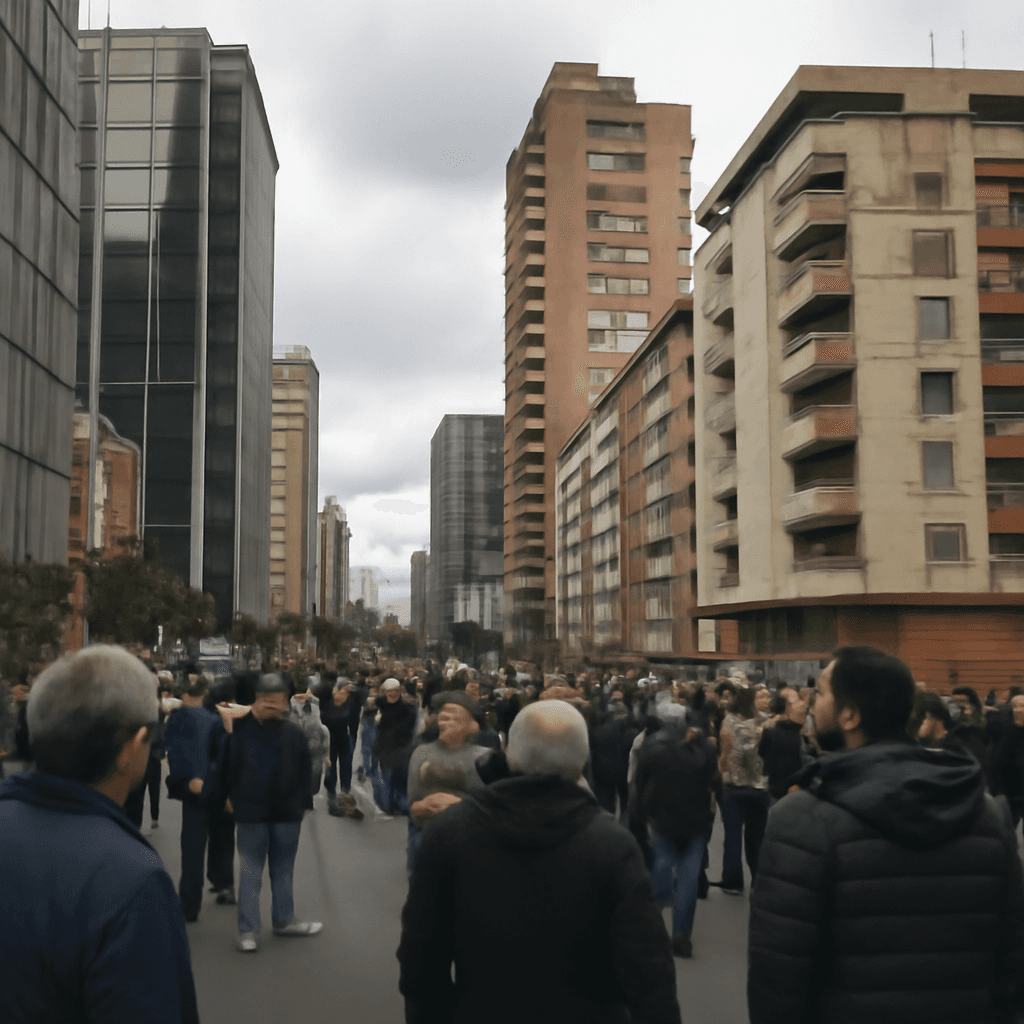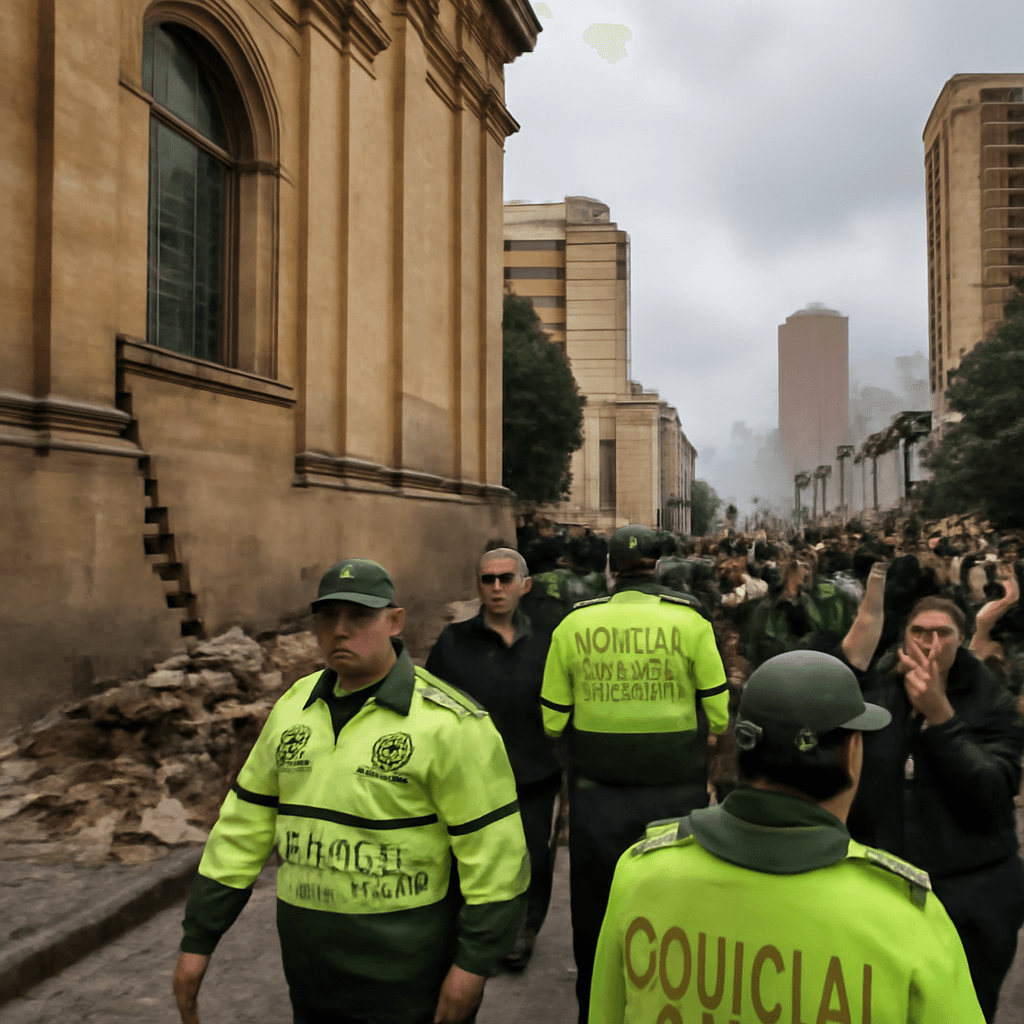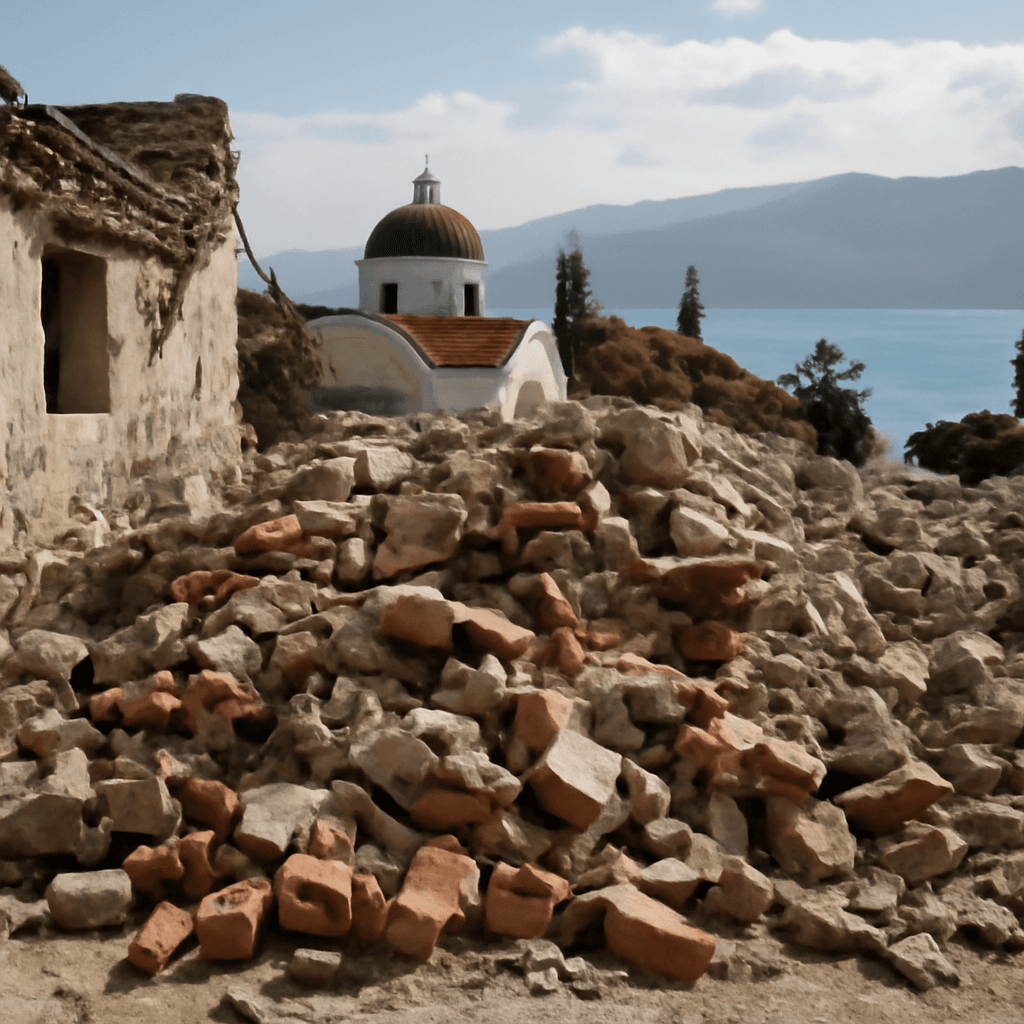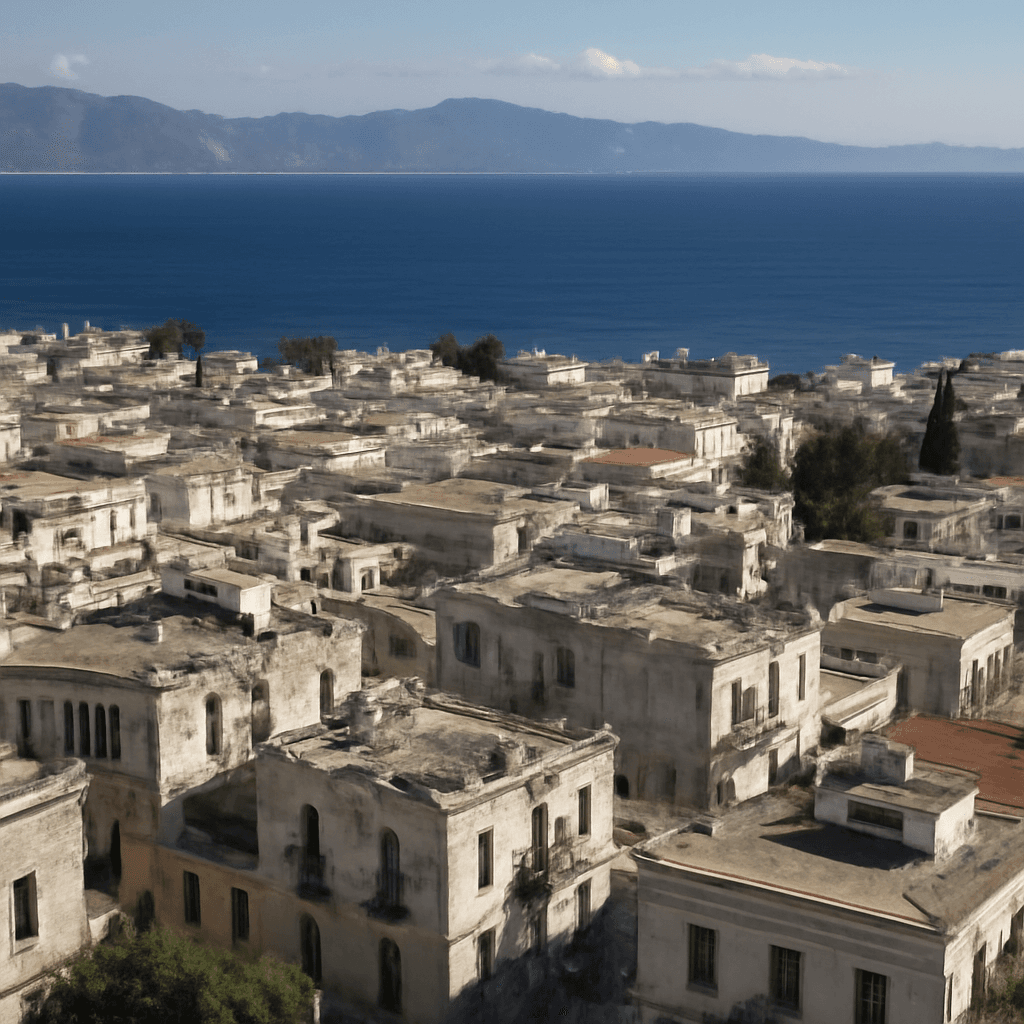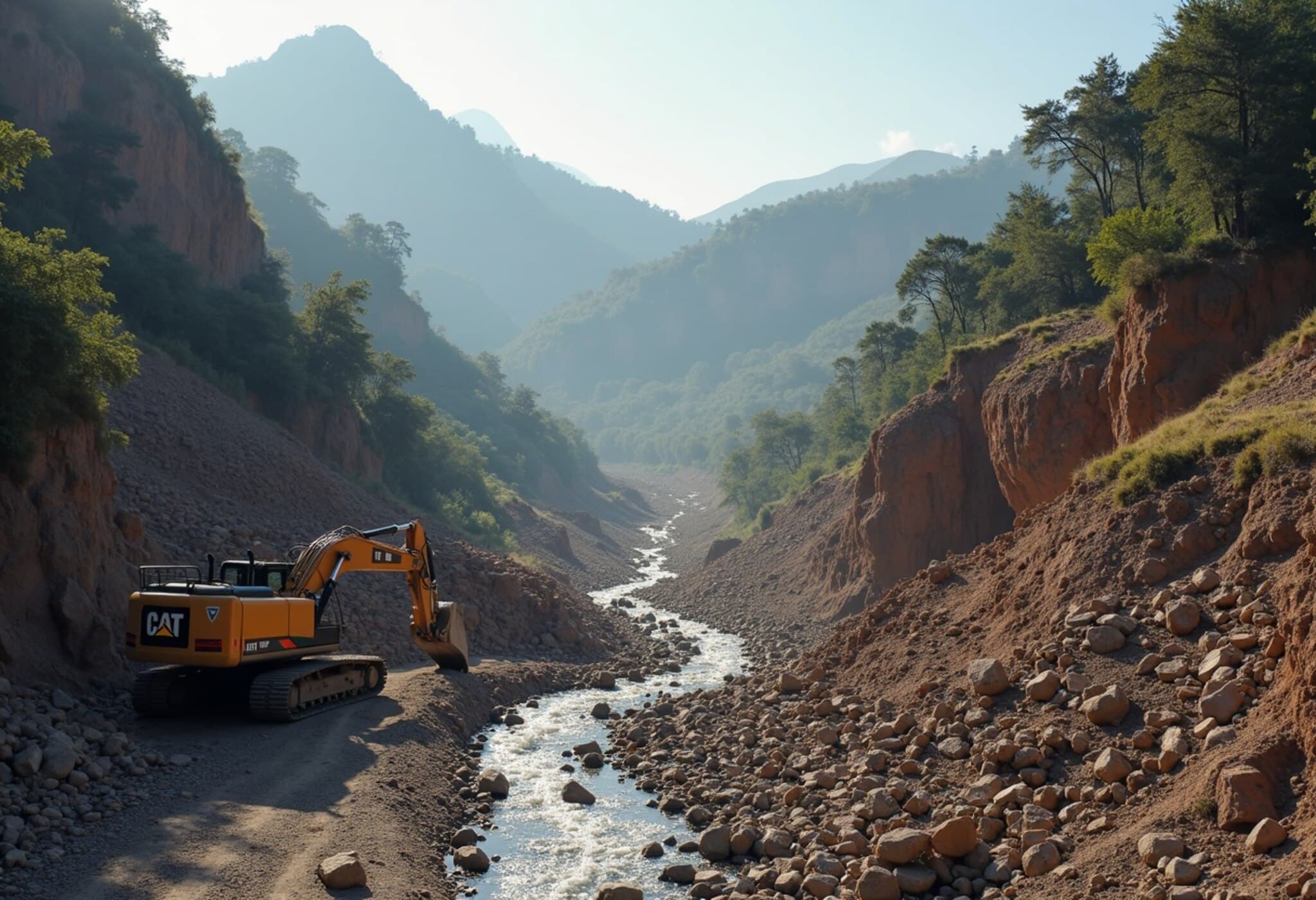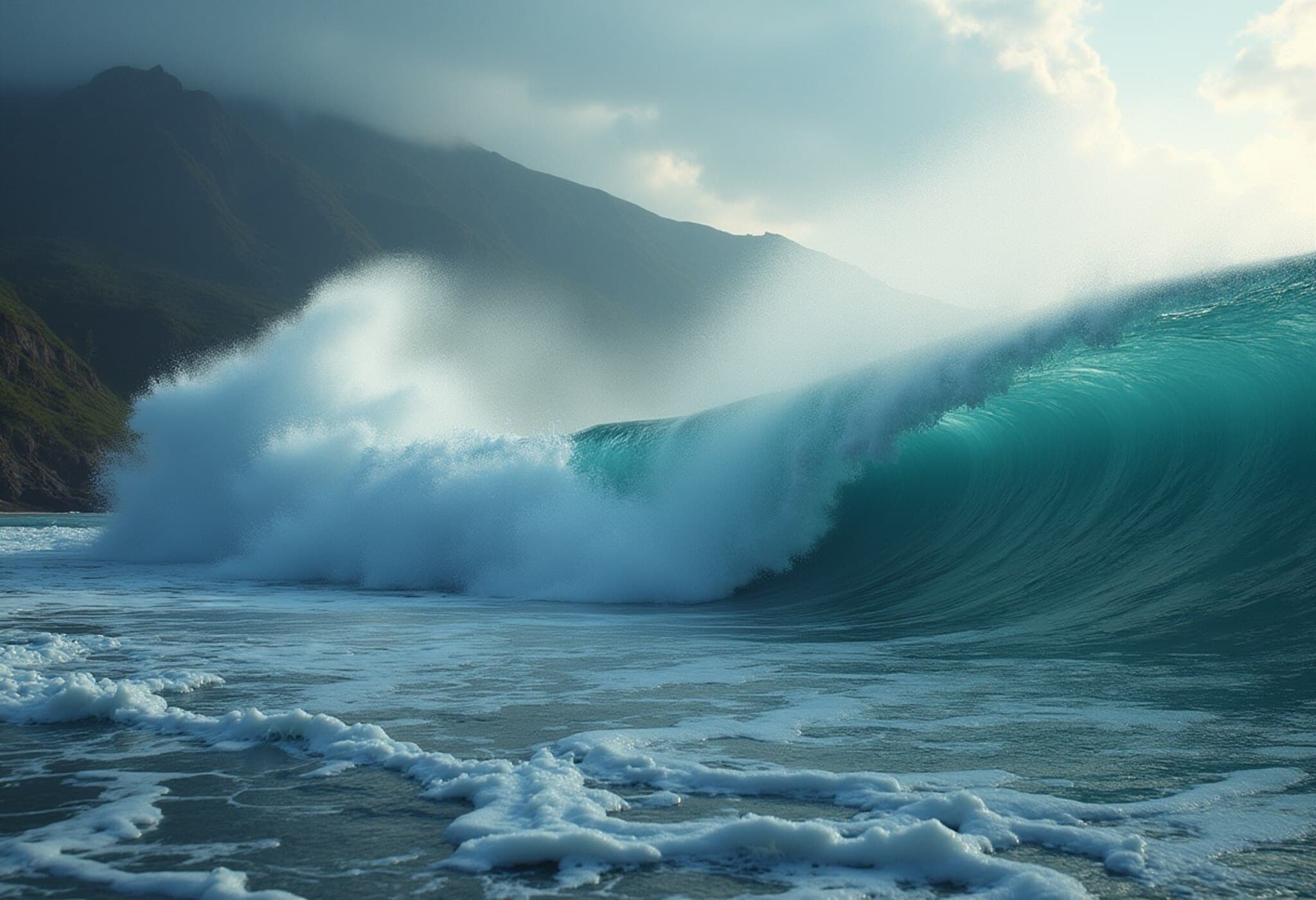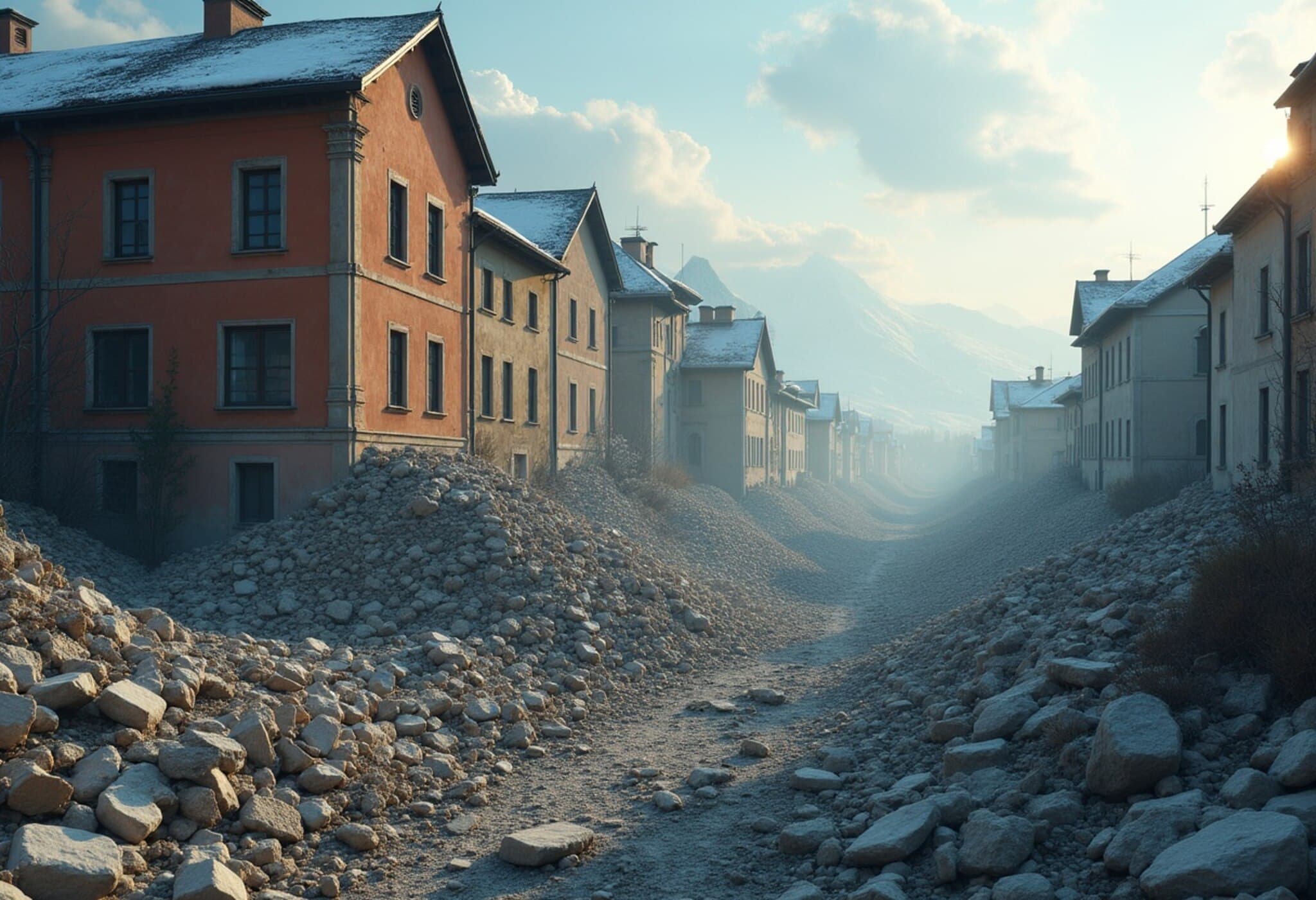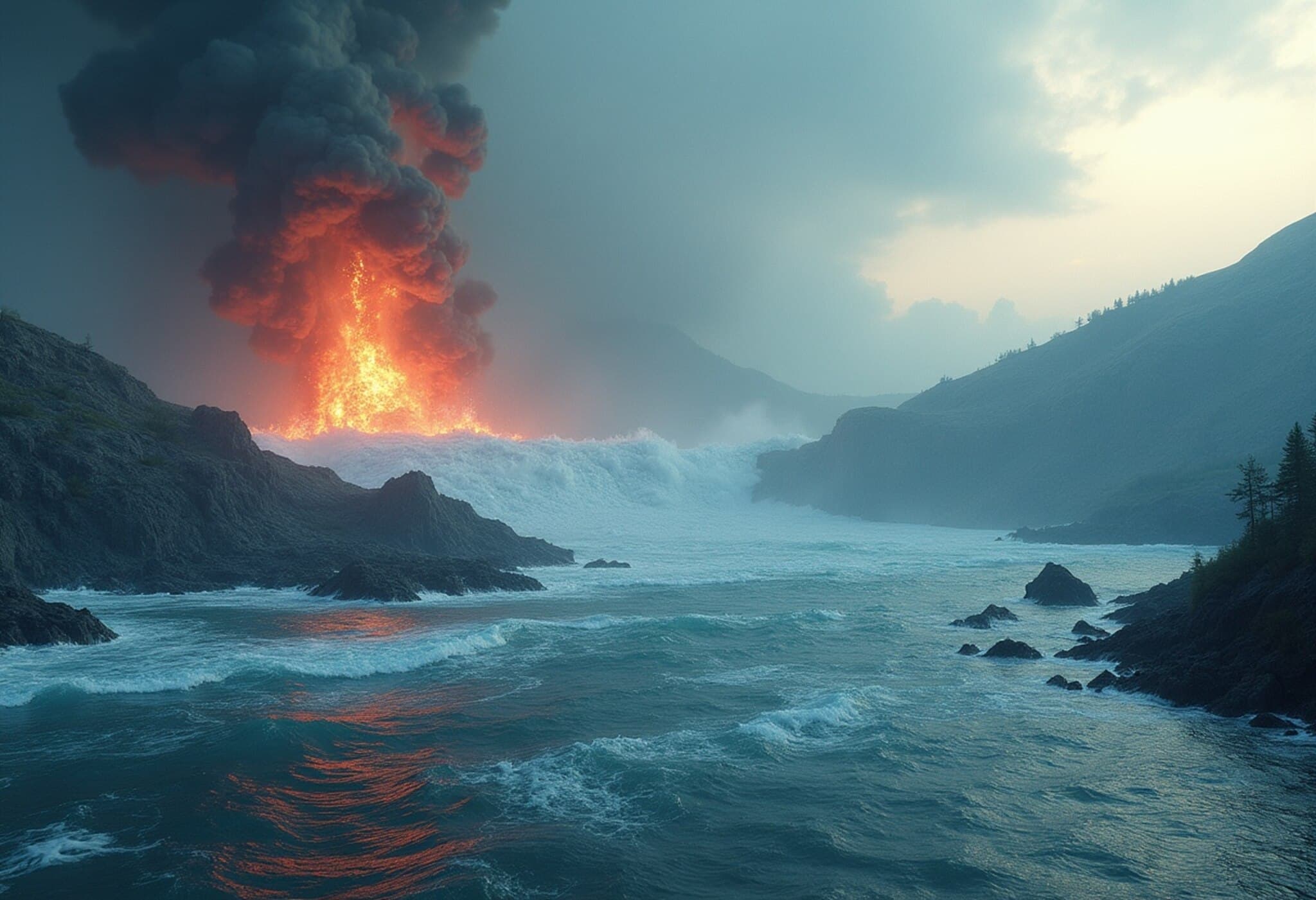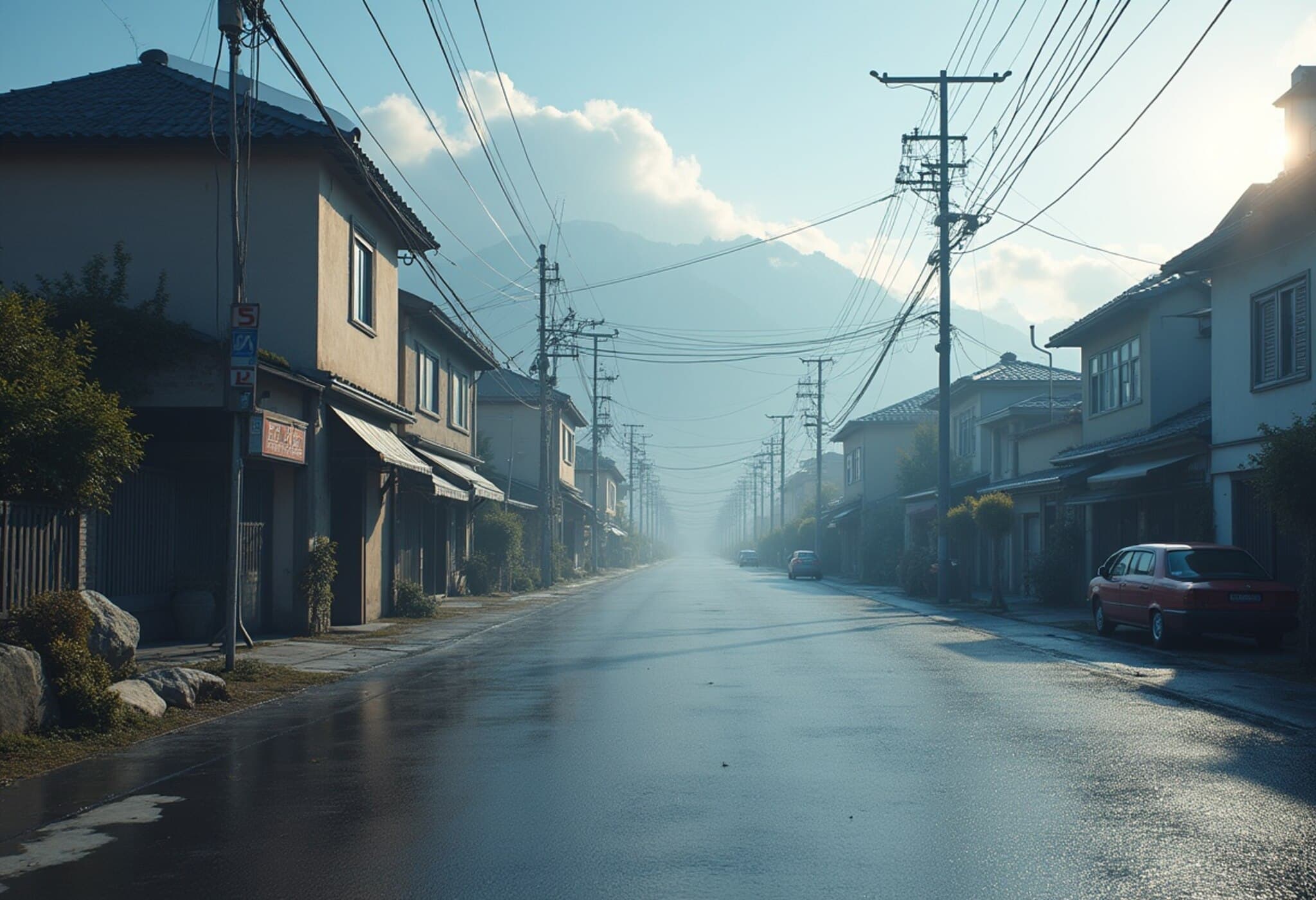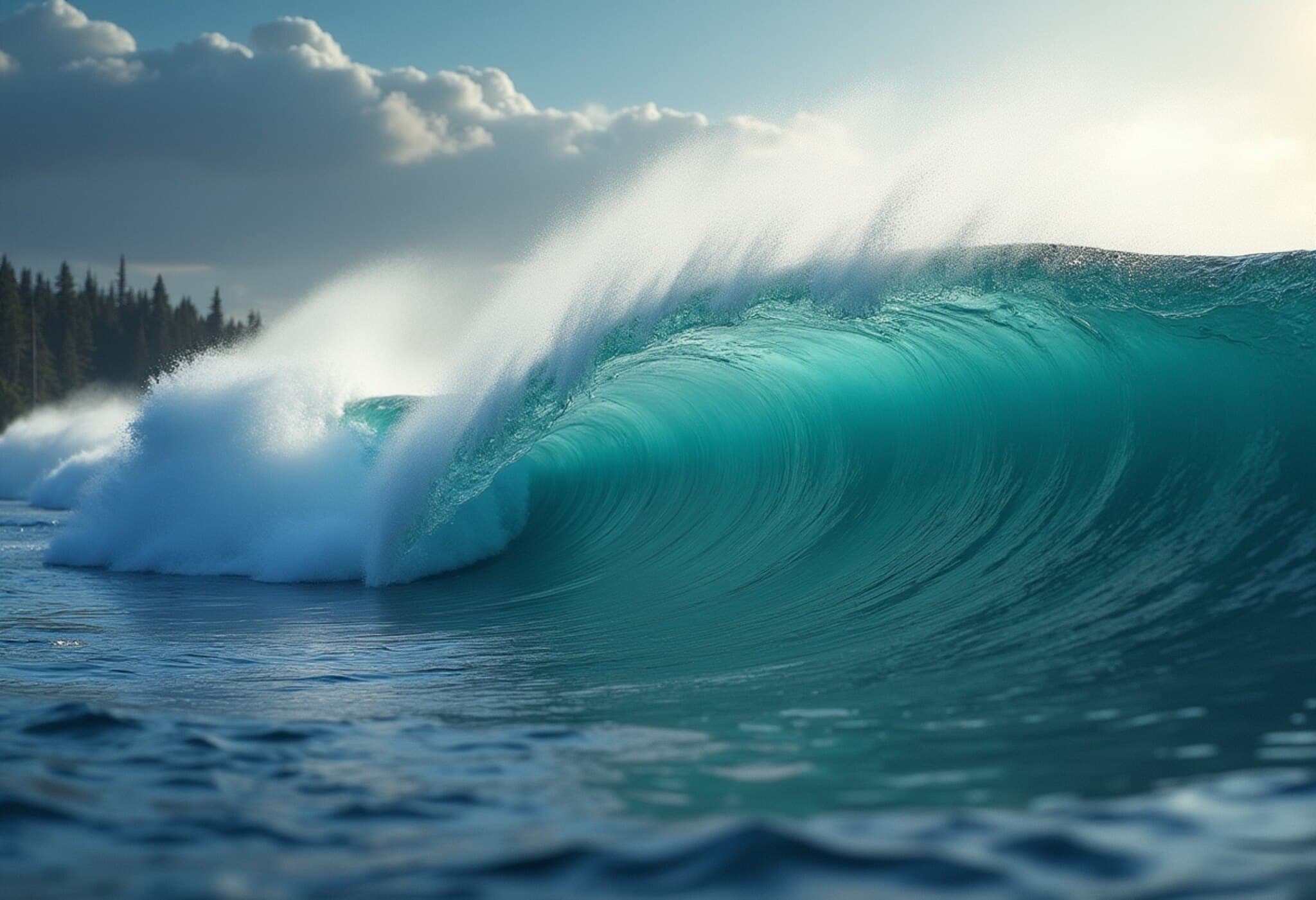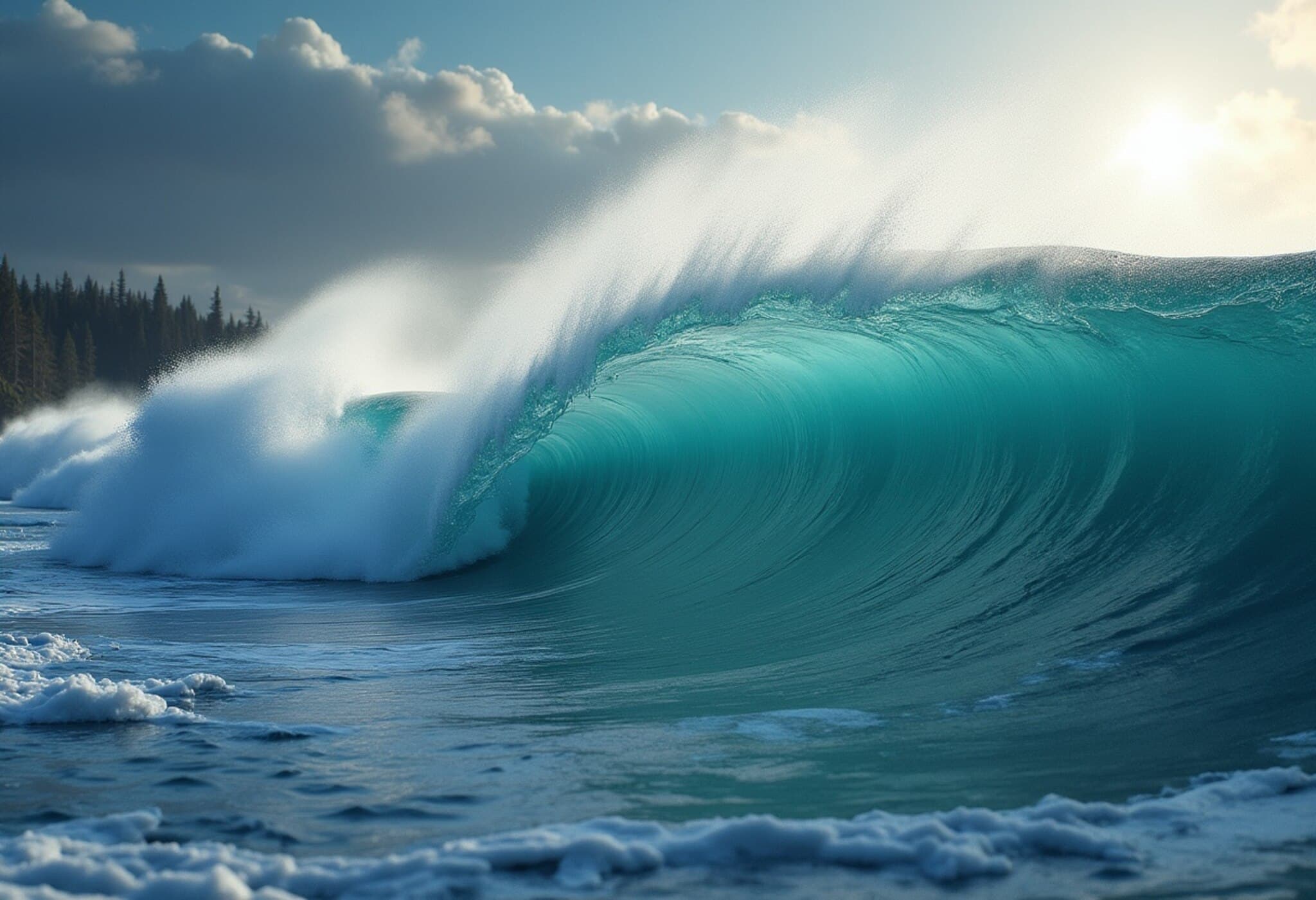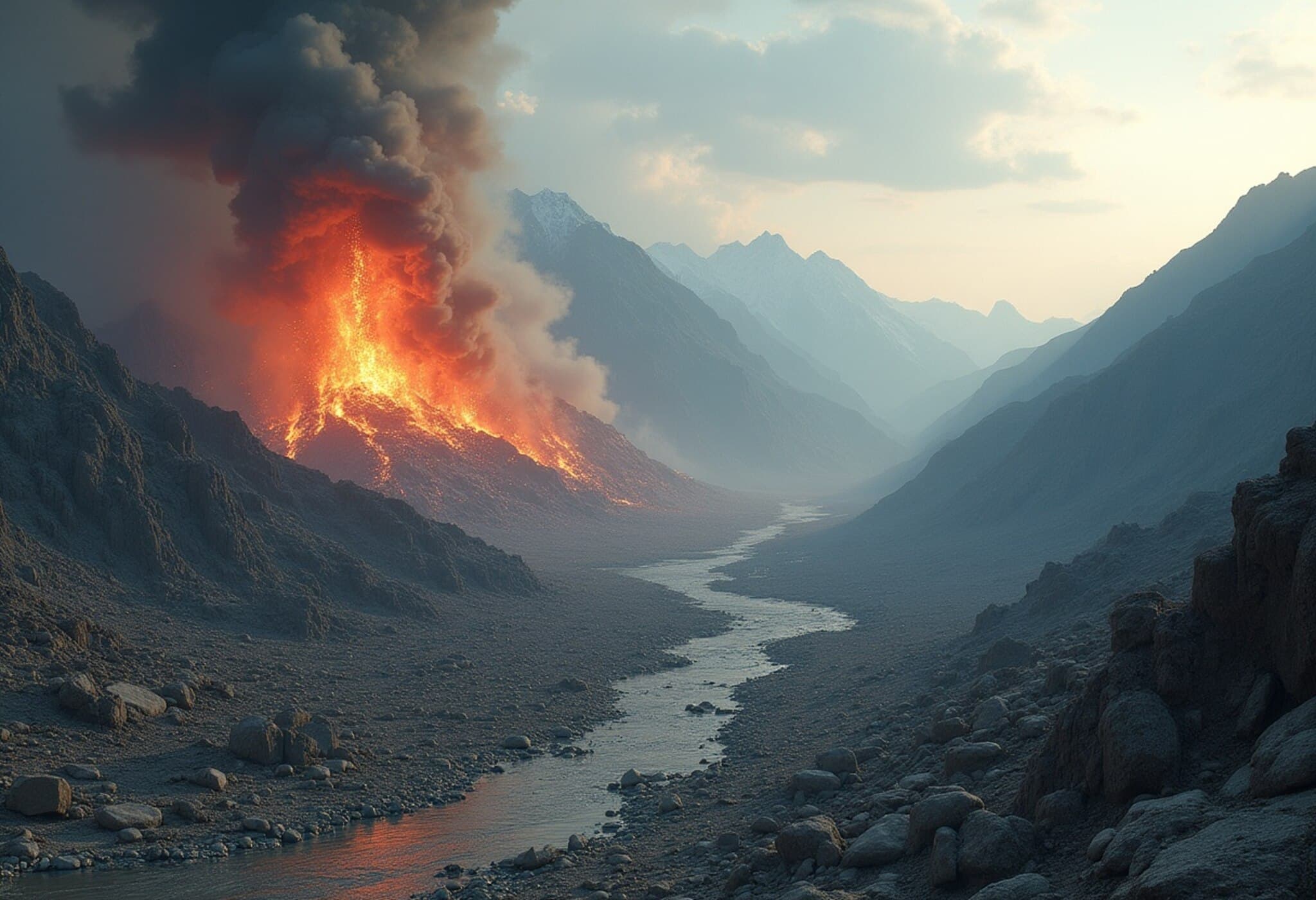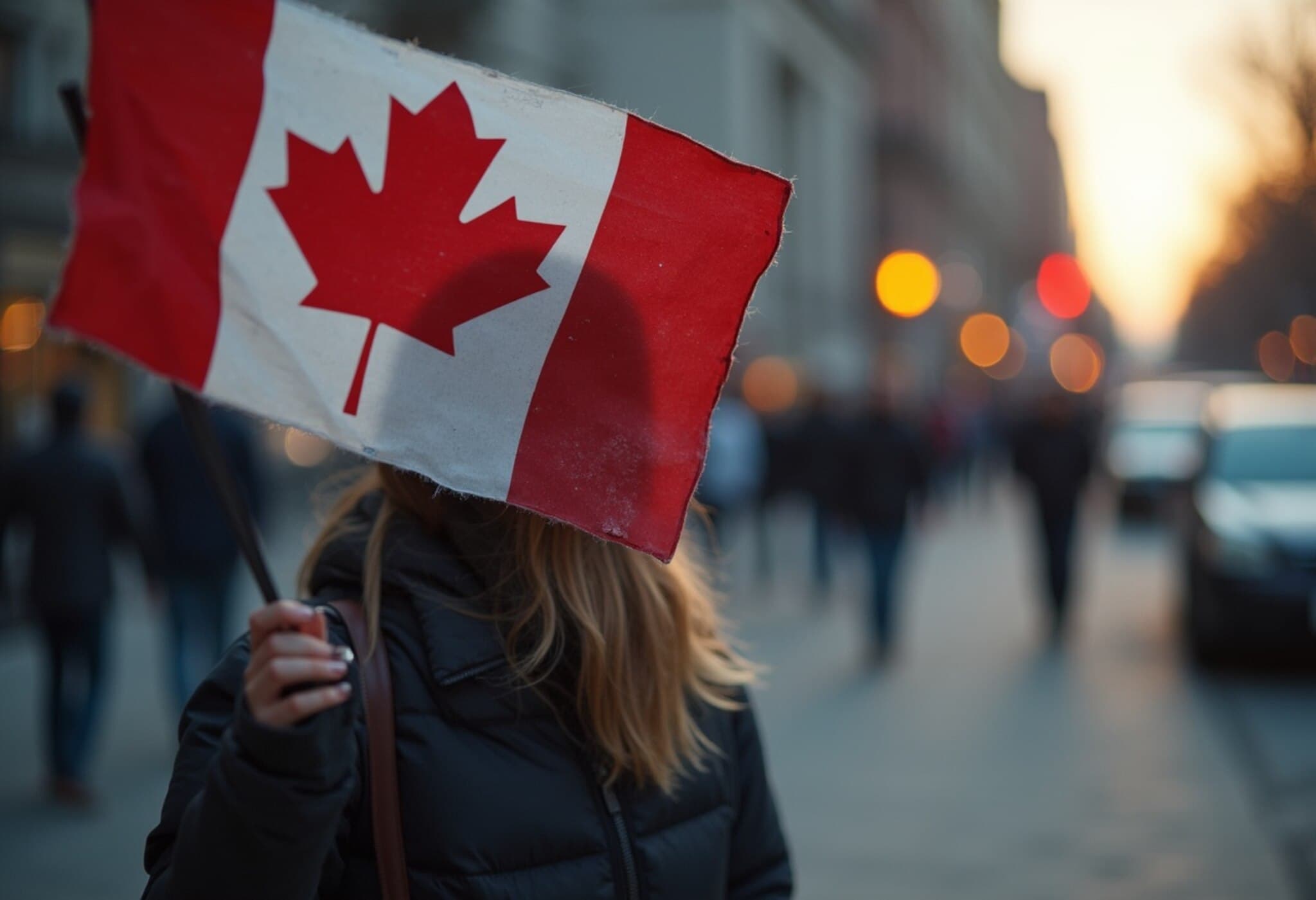Massive Earthquake Triggers Global Tsunami Alerts: South America Evacuates as US and Japan Brace
On July 30, 2025, a powerful 8.8 magnitude earthquake struck off Russia's Kamchatka Peninsula, sending shockwaves not only through the Russian Far East but triggering tsunami warnings across the Pacific Rim. While the United States and Japan narrowly avoided the worst, alert systems along South America's Pacific coast prompted widespread evacuations, casting a stark reminder of the ocean's volatile power.
Initial Panic Eases in US and Japan Amid Heightened Vigilance
Early on Wednesday, the seismic jolt rippled anxiety worldwide. Coastal residents in Japan hastened to hilltops and evacuation centers, a stark echo of the traumatic 2011 Tōhoku disaster. In Hawaii, tourists abandoned oceanfront resorts as officials issued evacuation orders; snarled traffic is reported even inland as communities prepared for potential surges.
U.S. Secretary of Homeland Security Kristi Noem, speaking from Chile, emphasized readiness but expressed relief: "We were fully deployed and ready to respond if necessary but grateful that we didn’t have to deal with the situation that this could have been." The National Weather Service cautioned continued vigilance along the US West Coast, noting "seriously dangerous currents" may persist near shorelines.
Seismic Details: Among the Strongest Recorded Earthquakes
This quake ranks among the most powerful in recent memory, second only to a few historic megathrusts including the devastating 2011 Japanese quake. Striking at 11:24am local time, approximately 120 kilometers offshore from Petropavlovsk-Kamchatsky, it tested the resilience of a region that straddles the notorious Pacific "Ring of Fire." The tremor's shallow depth (~21 kilometers) likely amplified its intensity.
Tsunami waves peaked up to 15 meters along remote Kamchatka coastlines, though more populated zones experienced waves below 6 meters, sparing severe destruction. Adding to the region’s geologic unrest, lava flows and explosions from Klyuchevskaya Sopka — the Northern Hemisphere’s largest active volcano — were reported concurrently.
South America on High Alert: Evacuations and Closures
Chile—no stranger to seismic upheaval—escalated tsunami warnings to the highest tier across much of its extensive Pacific shore, accompanied by swift evacuations of vulnerable communities. President Gabriel Boric urged calm on social media, reminding citizens that initial waves rarely represent the biggest threat.
Colombia closed and cleared beaches, while Ecuador suspended classes in coastal and Galapagos Island areas. The response underscores South America's acute vulnerability, given its tectonic setting and dense coastal populations.
Local Impact in Russia: Injuries and Infrastructure Damage
Though the quake was offshore, its impact on Kamchatka was tangible: a kindergarten under renovation suffered damage, and individuals — including hospital patients — were injured while fleeing. Fortunately, no fatalities have been reported. The Kuril Islands experienced flooding and power outages from tsunami waves but reported no catastrophic damage.
Remarkably, medical teams continued critical surgeries amid the tremor, reflecting the dedication and adaptability required during natural disasters.
Ongoing Risk: Tsunami Advisories Remain Active
Authorities have downgraded but not lifted tsunami warnings in Hawaii and parts of Japan. In California and Oregon, officials emphasize caution against strong currents and localized flooding risks. Similarly, Canadian and Alaskan coastal communities are monitoring minor tsunami effects.
Across the Pacific, island nations—Philippines, New Zealand, Fiji, Samoa, Tonga, Micronesia, and Solomon Islands—are urged to maintain vigilance against water surges, emphasizing the need for heightened preparedness in these vulnerable regions.
Expert Insight: The Long Shadow of Megathrust Earthquakes
This event highlights the challenge of balancing rapid response with measured communication. Early evacuation undoubtedly saved lives, yet fears faded as waves fell short of worst-case scenarios. Scientists stress that sustained investment in seismic monitoring, evacuation infrastructure, and community education remains critical.
From a US policy perspective, such transoceanic threats underline the value of international cooperation in sharing data and emergency protocols. Moreover, the economic implications for tourism-dependent regions like Hawaii and coastal South America call for strategies blending resilience with rapid recovery.
Looking Forward: Resilience and Readiness in a Seismically Active World
As climate change and human settlement patterns evolve, coastal hazard awareness must deepen. Community drills, early-warning technologies, and infrastructure designed to withstand extreme events are more crucial than ever.
Key Takeaways:
- Powerful 8.8 magnitude earthquake off Russia’s Kamchatka Peninsula triggered global tsunami alerts.
- South America’s Pacific coast initiated evacuations; US and Japan avoided major damage.
- Aftershocks and volcanic activity added complexity to disaster response.
- Efforts underscore importance of preparedness and international emergency coordination.
Editor’s Note
This seismic event offers a sobering reminder: even the most advanced warning systems cannot entirely prevent panic, injuries, or economic disruption. Crucially, it invites reflection on how societies near the Pacific Basin adapt to ongoing geological threats that transcend national borders. As recovery efforts ramp up in South America and monitoring continues worldwide, the question remains—how can vulnerable communities build greater resilience in the face of nature’s unpredictable fury?

